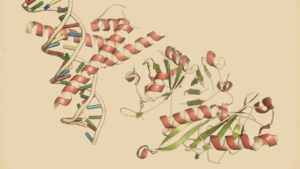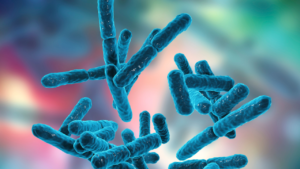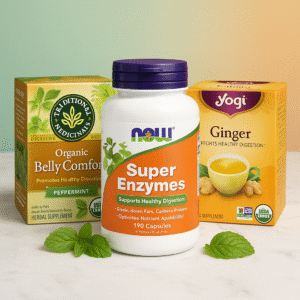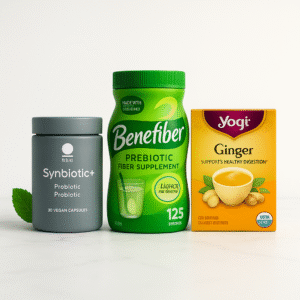5 Best Foods High in Iron for a Healthy Boost
Discover 5 delicious and nutritious iron-rich foods or foods high in iron that can help prevent anemia and improve overall health.
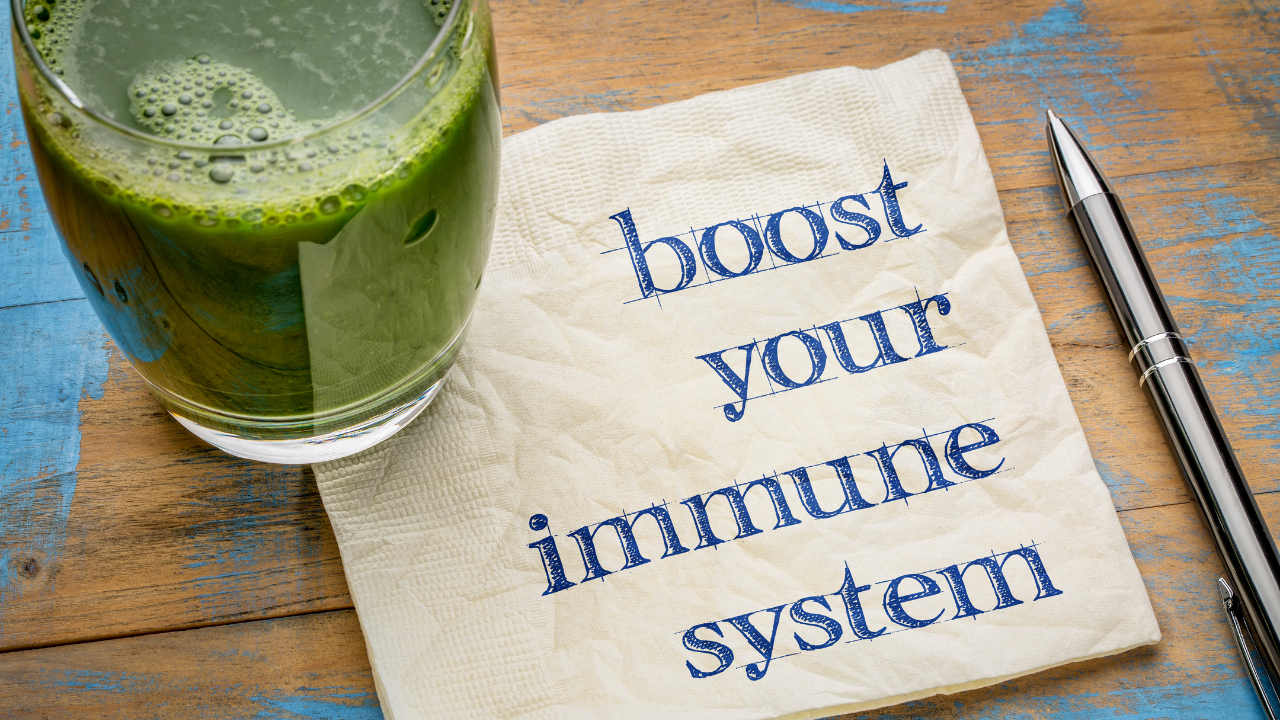
According to the National Institutes of Health (NIH), “Iron is an essential component of hemoglobin, an erythrocyte (red blood cell) protein that transfers oxygen from the lungs to the tissues” (NIH, 2021). Additionally, iron is necessary for DNA synthesis and energy production (NIH, 2021).
Consuming foods high in iron or taking iron-rich supplements can help prevent iron deficiency and support overall health (Zimmermann etal., 2007).
Inadequate iron intake can lead to iron deficiency anemia, a condition characterized by fatigue, weakness, and impaired cognitive function (Camaschella, C. 2015).
Additionally, iron is important for immune system function and plays a role in maintaining healthy skin, hair, and nails (Ganz, T. 2018).
According to the World Health Organization, iron deficiency is the most common nutrient deficiency worldwide, affecting an estimated 1.62 billion people globally (WHO, 2020).
Here are 5 best foods that are high in iron.
A Quick Look At The Best Foods That Are High In Iron:
Our Top Picks:
Our Picks Of The 5 Best Iron-Rich Foods
We include products we think are useful for our readers. If you buy through links on this page, we may earn a small commission.
Spinach: One Of Iron-Rich Foods
Spinach is a leafy green vegetable that is known for its high iron content. It is a good source of non-heme iron, which is important for vegetarians and vegans who may have limited access to heme iron found in animal products. Spinach also contains other important nutrients such as vitamins A and C, folate, and fiber (NIH, 2020).
A serving of raw spinach weighing 3.5 ounces (100 grams) provides 2.7 mg of iron, which is equivalent to 15% of the daily value (FoodData Central).
Dehydrated Spinach Flakes
- Reduce your risk of cancer (Linnewiel-Hermoni et al., 2015)
- Improved Cardiovascular Health (Kapil et al., 2015)
- Improved Digestive Health (Slavin et al., 2005)
- Protect your eyes from disease (Vu et al., 2006)
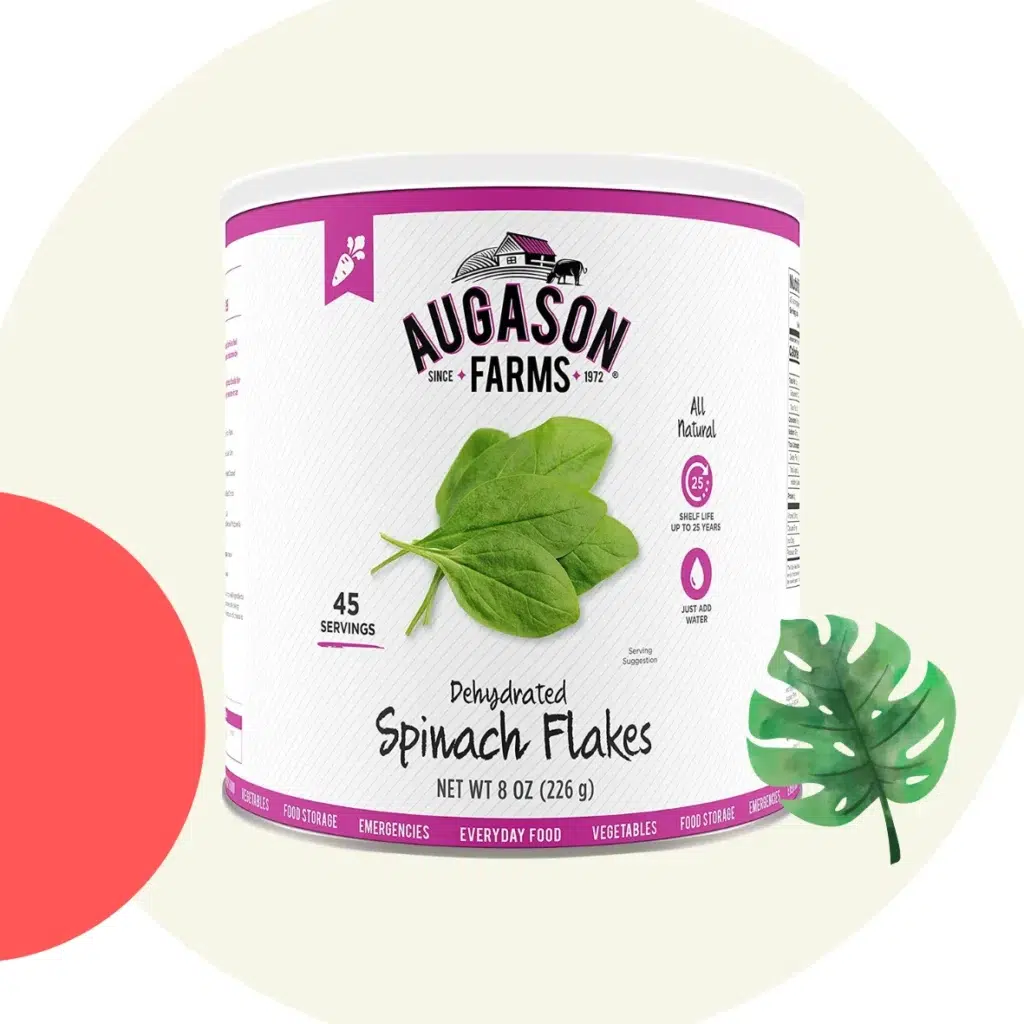
Lentils – Food High In Iron
Lentils are a rich source of dietary fiber, protein, and micronutrients such as iron, zinc, and folate, which are important for maintaining good health (Thavarajah et al., 2009)
A single serving of cooked lentils (198 grams) provides 6.6 milligrams of iron, which is 37% of the recommended daily value (FoodData Central).
Organic Iron-Rich Indian Madras Lentils
Iron-Rich and Delicious Food
- Reduce the risk of chronic diseases (Jenkins et al., 2012)
- Promote weight loss (Kim et al., 2016)
- Improve gut health (Najjar et al., 2019)
- Help lower cholesterol levels (Anderson et al., 1999)

Experience the bold and delicious flavors of Tasty Bite’s Madras Lentils today – order now!
Iron-Rich Pumpkin Seeds
Pumpkin seeds may be tiny, but they are densely packed with useful nutrients and nutraceuticals (Dotto et al., 2020).
A 1-ounce (28-gram) portion of pumpkin seeds contains 2.5 mg of iron, which is equivalent to 14% of the daily recommended value (FoodData Central).
Pumpkin seeds are an excellent source of vitamin K, zinc, manganese, and magnesium, all of which are essential nutrients that many people are deficient in (de Baaij et al., 2015).
Anthony’s Organic Pumpkin Seeds
- May improve heart health ( Šamec et al., 2022)
- Benefit prostate health (Vahlensieck at al., 2015)
- Immune system support (Haase et al., 2009)
- Anti-inflammatory properties (Sakka et al., 2015)
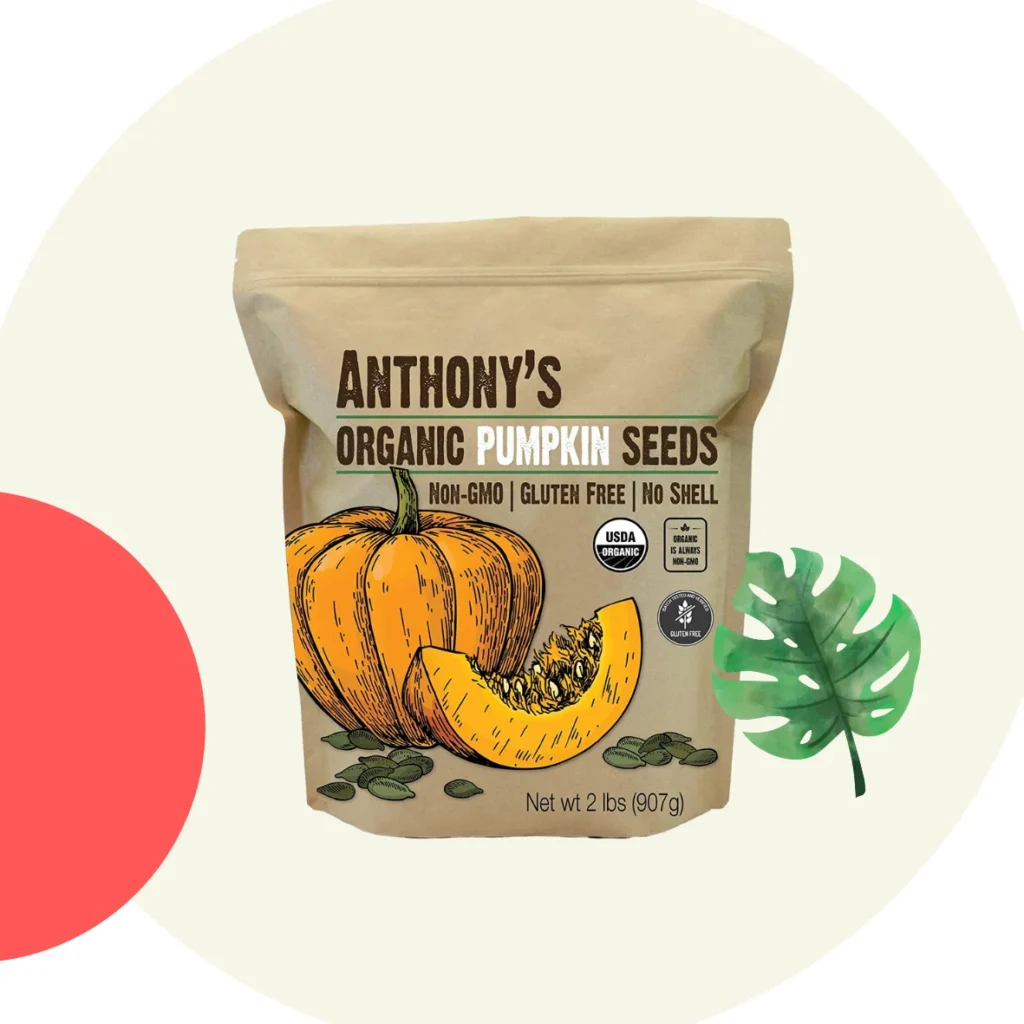
Chickpeas – One Of Foods High In Iron
Chickpeas, also known as garbanzo beans, are a popular legume that are widely consumed across the world due to their high nutritional value and versatility in cooking.
A single serving of chickpeas (100 grams) provides 4.31 milligrams of iron, which is 22% of the recommended daily value (FoodData Central).
Chickpea is a good source of important vitamins and nutrients with bioactive compounds playing an important role in human health (Camargo et al., 2019).
Iberia Organic Chickpeas
- Enhance the allergic problems in sensitive individuals (Gupta et al., 2017)
- Prevent chronic degenerative diseases (Faridy et al., 2020)
- High Digestibility (Gangola et al., 2014)
- Help to regulate blood sugar levels (Jukanti et al., 2012)
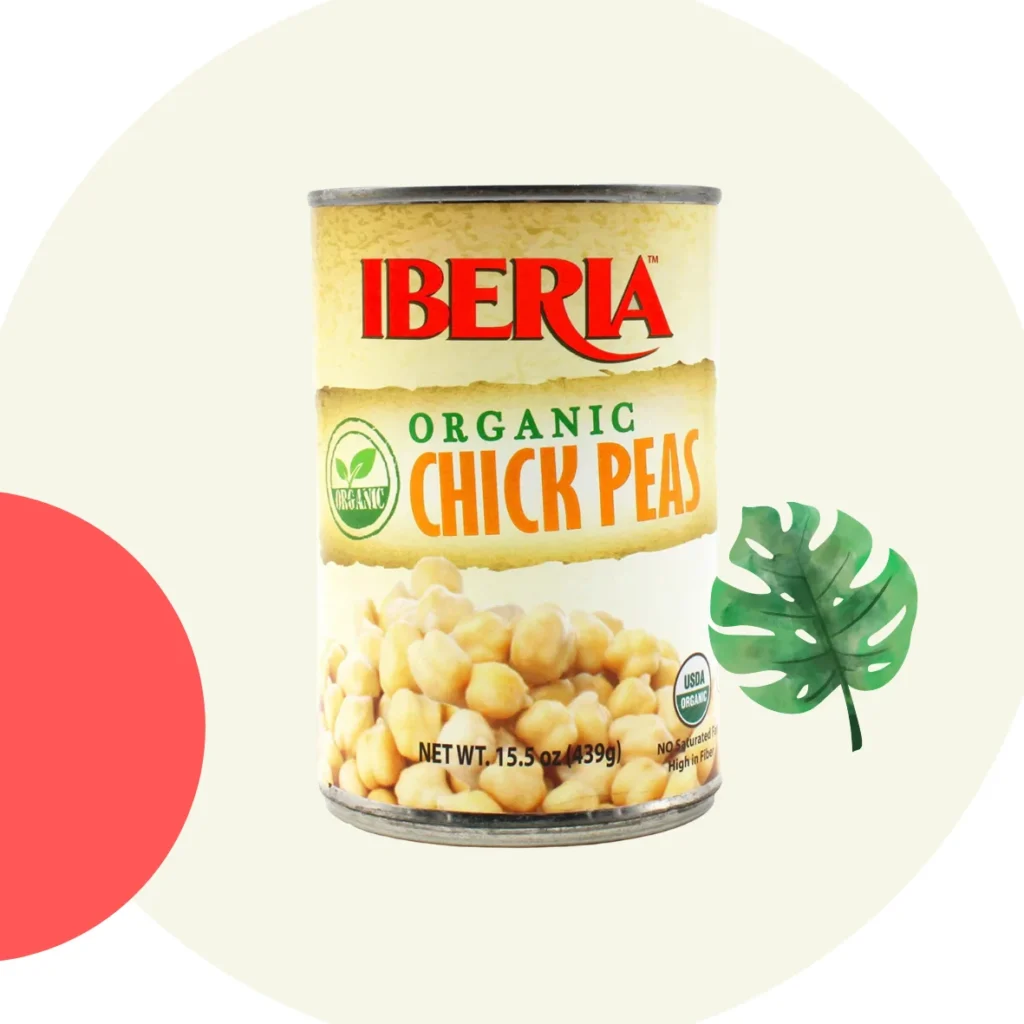
Iron-Rich Food With Kidney Beans
Kidney beans are a type of Phaseolus vulgaris, a legume that originated in Central America and Mexico.
The common bean is a significant foodstuff and a major provider of protein and iron for people all over the world.
Kidney beans are a good source of folate, iron, and magnesium. Like legumes, its consumption has been associated with reduced risk of several chronic diseases, including type 2 diabetes, cardiovascular disease, and some forms of cancer (Polak et al., 2015)
Westbrae Organic Kidney Beans
- Improved blood sugar control (Thompson et al., 2012)
- Prevent Colon cancer (Aune et al., 2009)
- Reduce your risk of type 2 diabetes (Krishnan et al., 2007)
- Help control weight management (Higgins et al., 2004)

Try our delicious and nutritious Westbrae Natural Organic Kidney Beans today!
The Bottom Line
Iron is a crucial mineral that plays a vital role in our overall health and well-being.
In order to maintain good health, it is essential to include iron-rich food in your diet as the body is unable to produce it naturally.
Iron-rich foods include spinach, beans, lentils, pumpkin seeds, or fortified cereals. By making an effort to consume those iron-rich foodstuffs regularly, we can ensure that our bodies have the necessary iron levels to function properly.
FAQs
Why Is Iron Important For Our Health?
Are Canned Beans Just As Healthy As Dried Beans?
What Are Some Other Health Benefits Of Beans?
High in fiber: Beans are an excellent source of dietary fiber, which can help regulate digestion, lower cholesterol levels, and promote feelings of fullness.
Rich in protein: Beans are a good source of plant-based protein, which can help build and repair tissues, support immune function, and provide energy.
Low in fat: Beans are naturally low in fat and saturated fat, which can help reduce the risk of heart disease and other chronic conditions.
Rich in vitamins and minerals: Beans are a good source of several essential vitamins and minerals, including iron, magnesium, potassium, and folate.
May help reduce the risk of chronic disease: Some studies have suggested that a diet rich in beans may help reduce the risk of certain chronic conditions, such as type 2 diabetes, heart disease, and certain types of cancer.
What Are Some Other Leafy Greens That Are High In Iron?
Swiss chard: This leafy green is a good iron-rich source, as well as other nutrients like vitamin K, vitamin A, and potassium.
Kale: In addition to being rich in iron, kale is also a good source of vitamin C, which can help improve iron absorption.
Collard greens: These leafy greens are iron-rich, as well as other nutrients like vitamin K, vitamin A, and calcium.
Beet greens: The greens that come attached to fresh beets are also a source of iron-rich, as well as other nutrients like vitamin K, vitamin A, and potassium.
How Can I Make Leafy Greens Taste Better?
Add some acid: A squeeze of lemon juice or a splash of vinegar can help balance out the bitterness of greens like kale and collards.
Use flavorful toppings: Add some toasted nuts, crumbled cheese, or a drizzle of flavorful oil to your greens to add some extra flavor and texture.
Cook them with aromatics: When sautéing or braising greens, start by cooking some garlic, onion, or ginger in oil before adding the greens. This can help infuse them with flavor.
Pair them with sweet ingredients: Sweet flavors can also help balance out the bitterness of greens. Try adding some dried fruit, like raisins or cranberries, to your salad, or sautéing greens with some caramelized onions.
Experiment with different cooking methods: Some people find that they prefer certain greens cooked a certain way. For example, some may prefer kale roasted, while others prefer it sautéed. Try experimenting with different cooking methods to find what you like best.
References
Fitnature uses only high-quality sources, including peer-reviewed studies, to support the facts within our articles. Read our editorial process to learn more about how we fact-check and keep our content accurate, reliable, and trustworthy.
- National Institutes of Health. (2021). Iron. Retrieved from https://ods.od.nih.gov/factsheets/Iron-HealthProfessional/
- Camaschella, C. (2015). Iron-deficiency anemia. New England journal of medicine, 372(19), 1832-1843.
- Ganz, T. (2018). Iron and infection. International journal of hematology, 107(1), 7-15.
- Zimmermann, M. B., & Hurrell, R. F. (2007). Nutritional iron deficiency. The lancet, 370(9586), 511-520.
- World Health Organization. (2020). Micronutrient deficiencies. Retrieved from https://www.who.int/nutrition/topics/ida/en/
- FoodData Central (usda.gov)
- Kapil, V., Khambata, R. S., Robertson, A., Caulfield, M. J., & Ahluwalia, A. (2015). Dietary nitrate provides sustained blood pressure lowering in hypertensive patients: a randomized, phase 2, double-blind, placebo-controlled study. Hypertension, 65(2), 320-327.
- Slavin, J. L. (2005). Dietary fiber and body weight. Nutrition, 21(3), 411-418.
- Linnewiel-Hermoni, K., Khanin, M., Danilenko, M., Zango, G., Amosi, Y., Levy, J., & Sharoni, Y. (2015). The anti-cancer effects of carotenoids and other phytonutrients resides in their combined activity. Archives of biochemistry and biophysics, 572, 28–35. https://doi.org/10.1016/j.abb.2015.02.018
- Vu, H. T., Robman, L., Hodge, A., McCarty, C. A., & Taylor, H. R. (2006). Lutein and zeaxanthin and the risk of cataract: the Melbourne visual impairment project. Investigative ophthalmology & visual science, 47(9), 3783–3786. https://doi.org/10.1167/iovs.05-0587
- https://fdc.nal.usda.gov/fdc-app.html#/food-details/172421/nutrients
- Thavarajah, D., Thavarajah, P., Sarker, A., & Vandenberg, A. (2009). Lentils (Lens culinaris Medikus Subspecies culinaris): a whole food for increased iron and zinc intake. Journal of Agricultural and Food Chemistry, 57(12), 5413-5419.
- Kim, S. J., De Souza, R. J., Choo, V. L., Ha, V., Cozma, A. I., Chiavaroli, L., … & Sievenpiper, J. L. (2016). Effects of dietary pulse consumption on body weight: a systematic review and meta-analysis of randomized controlled trials. The American journal of clinical nutrition, 103(5), 1213-1223.
- Anderson, J. W., Smith, B. M., & Washnock, C. S. (1999). Cardiovascular and renal benefits of dry bean and soybean intake. The American journal of clinical nutrition, 70(3), 464s-474s.
- Najjar, R. S., & Feresin, R. G. (2019). Plant-based diets in the reduction of body fat: physiological effects and biochemical insights. Nutrients, 11(11), 2712.
- Jenkins, D. J., Kendall, C. W., Augustin, L. S., Mitchell, S., Sahye-Pudaruth, S., Mejia, S. B., … & Josse, R. G. (2012). Effect of legumes as part of a low glycemic index diet on glycemic control and cardiovascular risk factors in type 2 diabetes mellitus: a randomized controlled trial. Archives of internal medicine, 172(21), 1653-1660.
- Dotto, J. M., & Chacha, J. S. (2020). The potential of pumpkin seeds as a functional food ingredient: A review. Scientific African, 10, e00575.
- de Baaij, J. H., Hoenderop, J. G., & Bindels, R. J. (2015). Magnesium in man: implications for health and disease. Physiological reviews, 95(1), 1–46. https://doi.org/10.1152/physrev.00012.2014
- Vahlensieck, W., Theurer, C., Pfitzer, E., Patz, B., Banik, N., & Engelmann, U. (2015). Effects of pumpkin seed in men with lower urinary tract symptoms due to benign prostatic hyperplasia in the one-year, randomized, placebo-controlled GRANU study. Urologia internationalis, 94(3), 286-295.
- Haase, H., & Rink, L. (2009). The immune system and the impact of zinc during aging. Immunity & Ageing, 6(1), 1-17.
- Sakka, D., & Karantonis, H. C. (2015). In vitro health beneficial activities of Pumpkin seeds from Cucurbita moschata cultivated in Lemnos. International Journal of Food Studies, 4(2).
- Šamec, D., Loizzo, M. R., Gortzi, O., Çankaya, İ. T., Tundis, R., Suntar, İ., … & Nabavi, S. M. (2022). The potential of pumpkin seed oil as a functional food—A comprehensive review of chemical composition, health benefits, and safety. Comprehensive Reviews in Food Science and Food Safety, 21(5), 4422-4446.
- Gupta, R. K., Gupta, K., Sharma, A., Das, M., Ansari, I. A., & Dwivedi, P. D. (2017). Health risks and benefits of chickpea (Cicer arietinum) consumption. Journal of agricultural and food chemistry, 65(1), 6-22.
- Faridy, J. C. M., Stephanie, C. G. M., Gabriela, M. M. O., & Cristian, J. M. (2020). Biological activities of chickpea in human health (Cicer arietinum L.). A review. Plant foods for human nutrition, 75, 142-153.
- https://fdc.nal.usda.gov/fdc-app.html#/food-details/173756/nutrients
- de Camargo, A. C., Favero, B. T., Morzelle, M. C., Franchin, M., Alvarez-Parrilla, E., de la Rosa, L. A., … & Schwember, A. R. (2019). Is chickpea a potential substitute for soybean? Phenolic bioactives and potential health benefits. International Journal of Molecular Sciences, 20(11), 2644.
- Gangola, M., Baga, M., Gaur, P. M., & Chibbar, R. N. (2014). Chickpea–Nutritional quality and role in alleviation of global malnourishment. Legume perspectives, (3), 33-35.
- Jukanti, A. K., Gaur, P. M., Gowda, C. L. L., & Chibbar, R. N. (2012). Nutritional quality and health benefits of chickpea (Cicer arietinum L.): a review. British Journal of Nutrition, 108(S1), S11-S26.
- Thompson, S. V., Winham, D. M., & Hutchins, A. M. (2012). Bean and rice meals reduce postprandial glycemic response in adults with type 2 diabetes: a cross-over study. Nutrition journal, 11, 23. https://doi.org/10.1186/1475-2891-11-23
- Aune, D., De Stefani, E., Ronco, A., Boffetta, P., Deneo-Pellegrini, H., Acosta, G., & Mendilaharsu, M. (2009). Legume intake and the risk of cancer: a multisite case-control study in Uruguay. Cancer causes & control : CCC, 20(9), 1605–1615. https://doi.org/10.1007/s10552-009-9406-z
- Krishnan, S., Rosenberg, L., Singer, M., Hu, F. B., Djoussé, L., Cupples, L. A., & Palmer, J. R. (2007). Glycemic index, glycemic load, and cereal fiber intake and risk of type 2 diabetes in US black women. Archives of internal medicine, 167(21), 2304–2309. https://doi.org/10.1001/archinte.167.21.2304
- Polak, R., Phillips, E. M., & Campbell, A. (2015). Legumes: health benefits and culinary approaches to increase intake. Clinical Diabetes, 33(4), 198-205.
- Higgins, J. A., Higbee, D. R., Donahoo, W. T., Brown, I. L., Bell, M. L., & Bessesen, D. H. (2004). Resistant starch consumption promotes lipid oxidation. Nutrition & metabolism, 1(1), 8. https://doi.org/10.1186/1743-7075-1-8
Review date not set.
How we reviewed this article:
Latest on:
